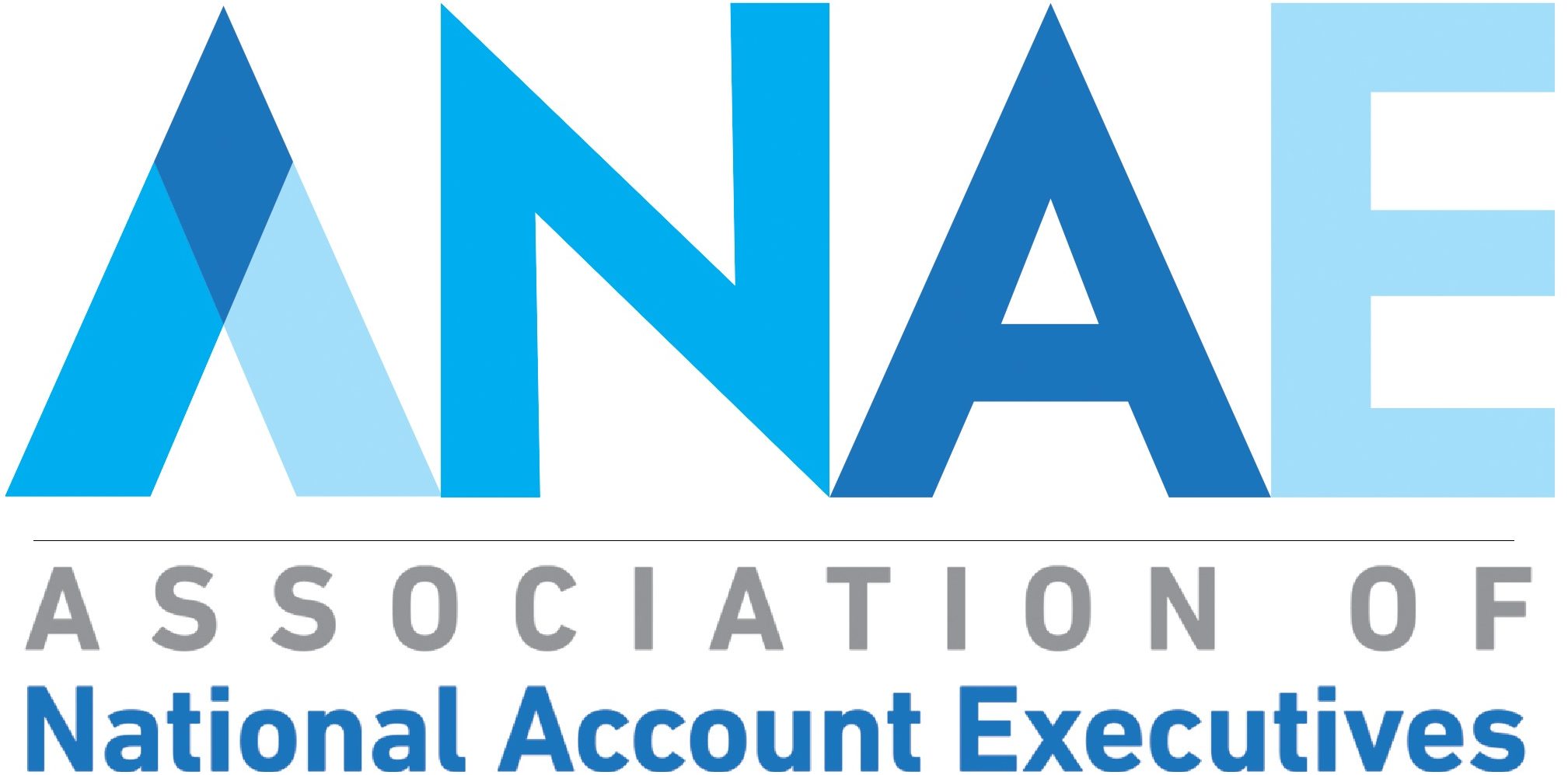Tom Lubotsky, vice president of supply chain for Allina Health, joined the Association of National Account Executives (ANAE) for its Learning from Leaders webinar series. He shared the current priorities of Allina Health and its supply chain.
Here’s 5 Things with Tom Lubotsky:
- Allina Health’s footprint
Allina Health (Minneapolis, MN) serves the Twin Cities market and into western Wisconsin. It has 11 hospitals, including three major metropolitan hospitals:
- Mercy Hospital (Coon Rapids, MN)
- United Hospital (St. Paul, MN)
- Abbott Northwestern (Minneapolis, MN), its flagship hospital
Smaller hospitals – with less than 100 beds – surround these three major metropolitan hospitals, including a joint venture with HealthPartners at St. Francis Regional Medical Center (Shakopee, MN).
Allina Health also has a large ambulatory footprint through its joint venture with Surgical Care Affiliates in ambulatory surgery centers (ASCs). It’s well-known for its rehabilitation footprint with Courage Kenny Rehabilitation Institute, and has advanced a significant commitment to mental health services led by Allina Health CEO Penny Wheeler.
- Outcomes during COVID-19
Allina Health built its demand-based planning capabilities and successfully worked with alternative suppliers during COVID-19. It operated from a central warehouse of critical supplies and adapted its supply outlook in advance to six weeks to two months.
“We don’t think that’s the right sustainable model moving forward,” said Tom Lubotsky, vice president of supply chain for Allina Health. “We’re spending time on inventory and distribution modeling for the future.” That includes addressing the permanency of supplies needed on hand and building out more transparency through data.
“We’ll be far more responsive to pandemic swings and disasters in the future. We feel well set,” Lubotsky said.
- Larger ambulatory expansion
According to Lubotsky, Allina Health has made deliberate move on surgeries from inpatient to outpatient settings. It’s part of Allina’s population health imperative that addresses the need to reduce the total cost of care in the communities it serves.
“Outpatient settings are more affordable. We’re working closely with our suppliers to address this change,” Lubotsky said. “Many contracts in place have incentives around the volume of work we produce. So, it must be recognized how volume at ASCs changes the incentives and rewards around those agreements.”
- Why procure to pay?
The efficiency of procure to pay and the terms and conditions around how contracts optimize cash flow is important, according to Lubotsky. “Many procure to pay arrangements advance the ability to collect rebates and have terms that are attractive to us and the suppliers,” he said.
It also helps transparency. “The better the procure to pay system, the more likely there’s better transparency,” Lubotsky said. “You can manage the process and identify maverick buying that shouldn’t be happening. And it identifies new opportunities to reduce cost.”
- Value analysis around population health
Allina Health has established large contracts with Blue Cross and Blue Shield of Minnesota, HealthPartners and Aetna that will expand value analysis, according to Lubotsky. “Minimization of variation is the goal,” he said. “New products that clinicians would like us to evaluate must be evidence based.”
For suppliers, it’s about being good change agents. “A sustainable relationship with a supplier will last a lot longer if we know they’re helping us balance the appropriateness with the use of their products” Lubotsky said.
ANAE members can listen to the full webinar here.
